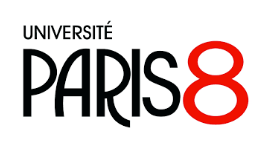entière
UPS Pouchet
10:00-10:45 Albert Ze Ebanga (UMR 7023 Paris 8 & CNRS)
Déplacement obligatoire vs. déplacement optionnel en boulou (Résumé, pdf 25KB)
10:50-12:00 Léa Nash (UMR 7023 Paris 8 & CNRS) Person Split is Syntactic
Résumés
Albert Ze Ebanga (UMR 7023 Paris 8 & CNRS)
Déplacement obligatoire vs. déplacement optionnel en boulou (Résumé, pdf 25KB)
Léa Nash (UMR 7023 Paris 8 & CNRS) Person Split is Syntactic
Many ergative languages exhibit splits based on nominal type of main arguments. The most typical manifestation of such a split involves marking 3rd person arguments (pronouns and full DPs) according to the ergative case-schema (ERG on transitive subjects, NOM on intransitive subjects) and 1st and 2nd person according to the nominative case-alignment (NOM on all subjects).
A number of questions arise with respect to this phenomenon.
Is the case-shift due to different syntactic structures underlying configurations with 3rd person arguments vs 1/2 person arguments ? Is person split a more superficial phenomenon that has no structural source? Is the ergative morphological marking incompatible with certain feature specifications of 1st and 2nd arguments? Can person split receive a unitary explanation in languages where it is manifested?



